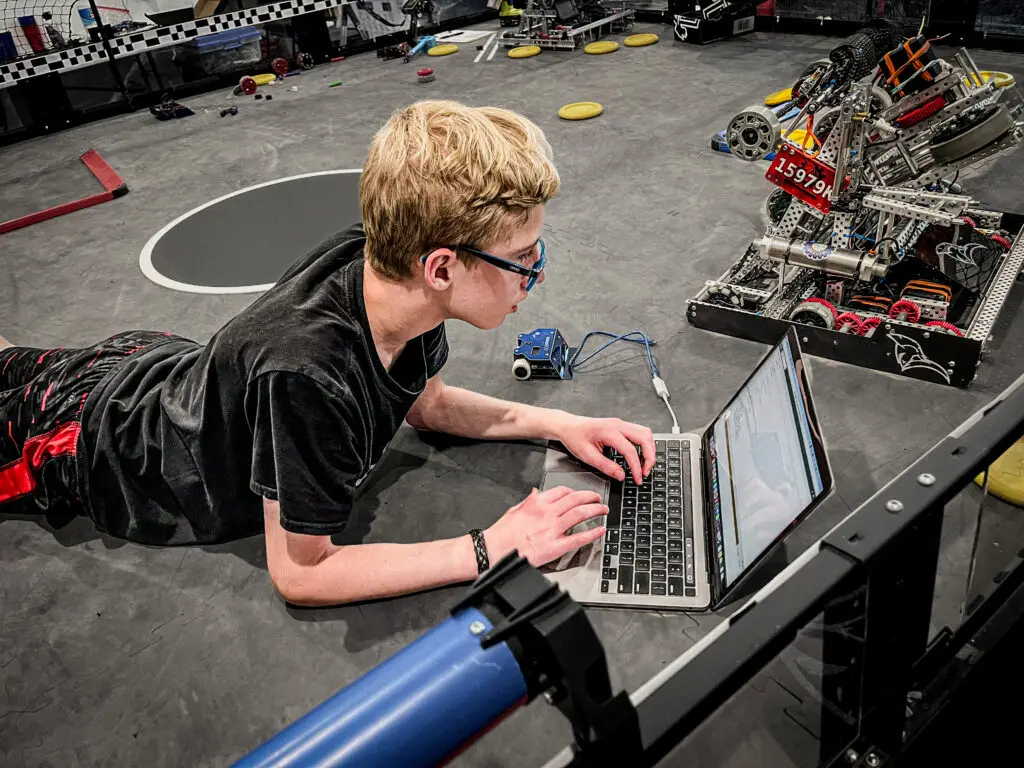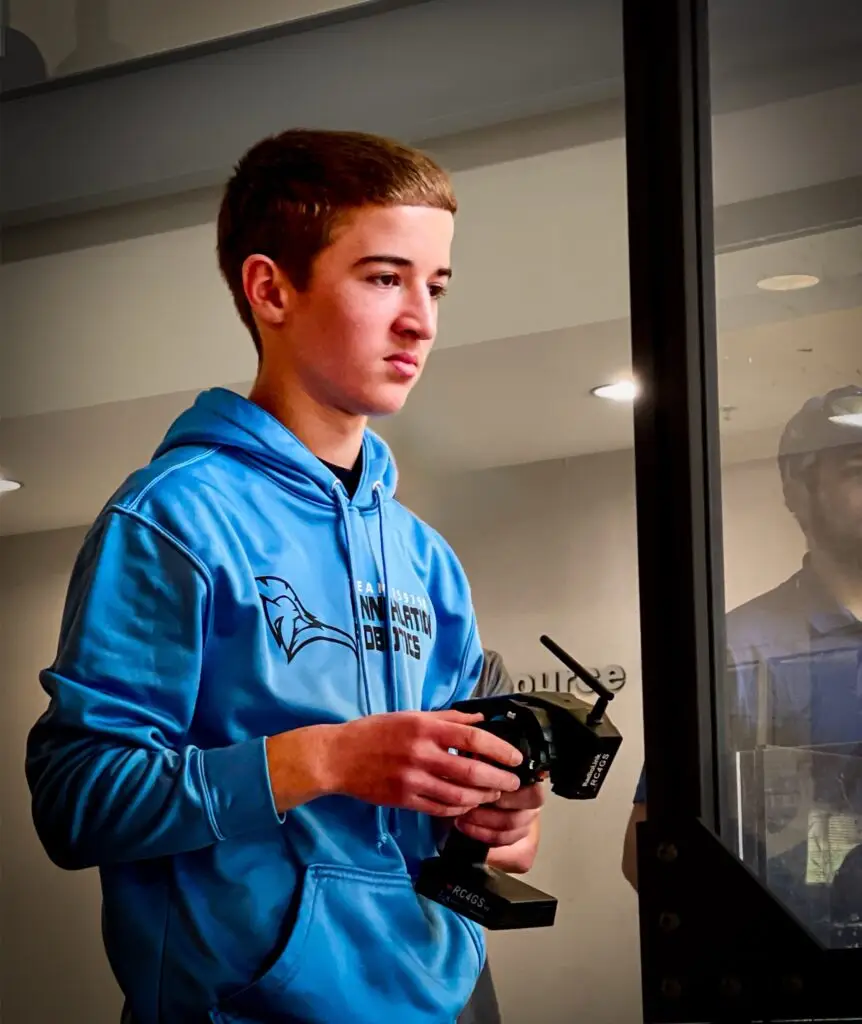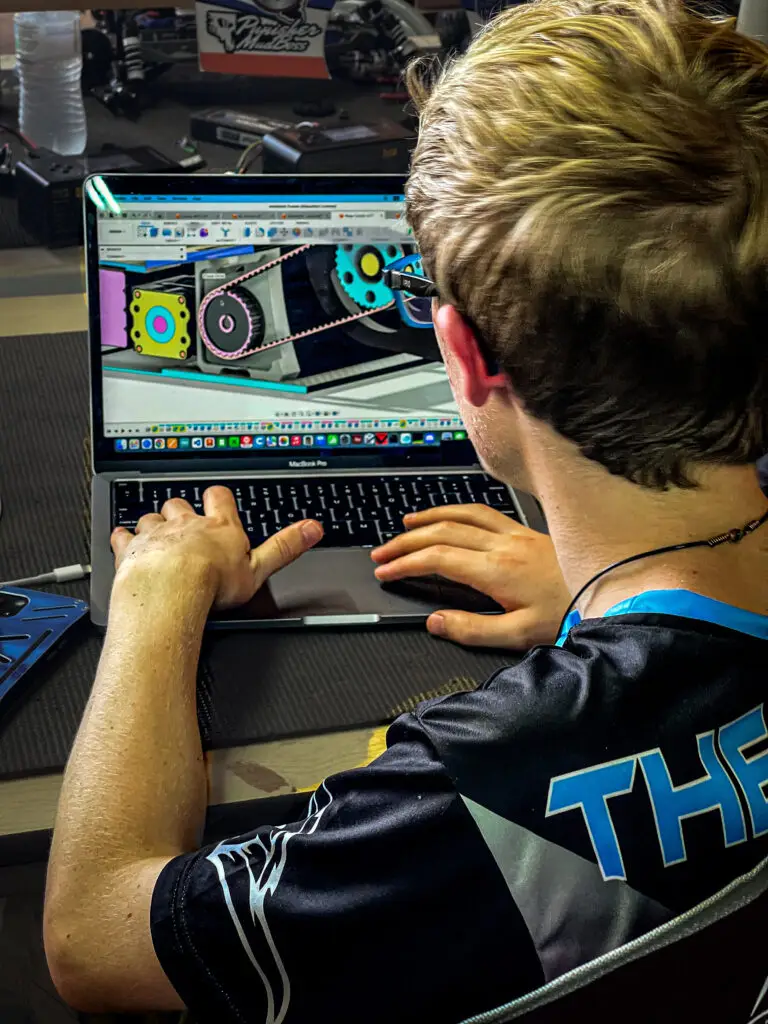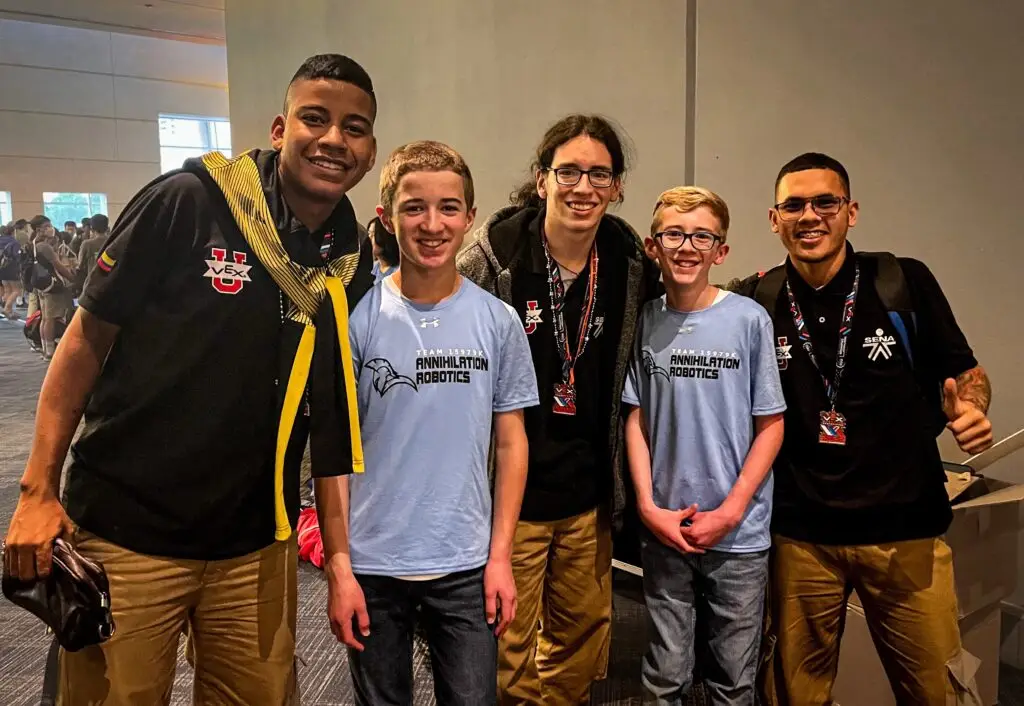
How do I get my child started in STEM?
If you have a child who is showing an interest in STEM, that is really exciting! There has never been a better time to be a builder – a wide variety of building materials are easily accessible, the low cost of 3D printers makes it possible to make your ideas come to life, and the availability of sensors and electronics makes it possible to create projects that actually work.
Kids can create virtually anything they can imagine! It’s incredible.
So then how do you, as a parent, help your child explore their interest in building?
Because our son is heavily involved in robotics and engineering, I often have people ask me how they can get started in STEM projects as well. Over the years, I’ve come up with a handful of different pieces of advice I give them.
#1. Don't Push
My first piece of advice isn’t popular but I firmly believe it’s correct.
When someone asks me, “How do I get my child into STEM?” my initial answer is always the same – Don’t.
Don’t “get” your kid into STEM. If they are interested in building or coding, that’s awesome! Please encourage them as much as you can.
But if they aren’t showing an interest don’t push them to do it just because people say it’s where jobs are today or because you think it’s fun.
Our family is a perfect example of this. Our boys are twins and they were raised in the exact same environment and exposed to the exact same toys. One of them loves to build and never wants to stop.

His brother has absolutely no interest in building and NOTHING I’m going to do will change that.
He’s a smart kid so if I forced him into STEM projects I’m sure he would do pretty well – but he would never enjoy it. So I have a choice: I can either have him be mediocre at something he doesn’t care about or give him an opportunity to be great at something he’s passionate about.

I know a lot of schools are pushing STEM programs and people are very enthusiastic about saying STEM jobs are the future. And they aren’t wrong – STEM is only going to get more important in the future.
At the same time, your child might have a unique gift for music or writing or who knows what else?
Because of that, I would strongly encourage you to let your child explore what they’re passionate about rather than pushing them into STEM in hopes that this is where the jobs will be when they graduate.
But if your child is showing an interest in building, let’s talk about what you can do to help them be the best they can be!!!
#2. Get Involved
You need to get involved. This may not be the answer you were hoping to hear, but when it comes to STEM there is no silver bullet where you just drop your child off at the “right” coding school or robotics club and they come back as a great builder. Sure, there are some great programs and some great leaders out there. I know this first hand, there are several people who have helped us tremendously over the years and I have a lot of respect for them. But they aren’t miracle workers.
If you want your child to be successful as a builder, you will need to be there to encourage them and guide them. Building and coding can be very frustrating and projects rarely work on the first try. When your child is going through those difficult moments, they will need you to reassure them and motivate them to keep trying.
You don’t have to be an expert in engineering to do that – you just need to care.
And you never know, you might end up learning quite a bit yourself. Everything I know about electronics I learned from my son. I was never much of a builder before he got started on his journey – now I love creating new things. I’m not nearly as good at it as he is, but I’m having a blast.
So I would strongly encourage you to be a part of your child’s effort to become a builder. You’ll find that it doesn’t just help them improve, it will be extremely rewarding and fun for you too.

#3. Let Them Drive It
Your child is going to grow the most and learn the most when they are passionate about what they are creating. They might not want to build things that you think are cool… and that’s ok.
A couple years back, I encouraged Chase to participate in the underwater robot contest through Square One. I thought it looked like SO much fun! I mean, what could be cooler than underwater robots?! Well, apparently a lot of things according to Chase.
But that’s one of the aspects of STEM that makes it so rewarding – YOU get to decide what YOU think is cool and build that. And if what you think is cool doesn’t exist, you can make it exist! It’s mind-blowing when you stop to think about it.
Every time Chase gets an idea for a part or a robot and then he takes it from sketches on paper to something I can hold in my hand, I am amazed by that. It never gets old.
So if you want your child to succeed in STEM, let them decide what projects they are passionate about building. Then support them in bringing their idea to life. Chances are, they will come up with something a lot better than what you would have come up with (that’s what always happens with us).

#4. Make a Lot of Friends
One of the best parts about STEM is the community. There are so many people building cool projects right now and they are a blast to be around. If you put a little effort into getting involved in the community, you’ll start making friends in no time.
One of the easiest ways to get involved is to participate in a robotics tournament. Any of the events we discuss in our competition guide would be great for this. It’s truly remarkable how willing everyone in these events is to help you out.
Combat robotics is a perfect example of how unique the STEM community is. If you go to a combat robotics tournament almost everyone there wants to win (although some people just like to try out wild designs 🤣). At the same time, they are extremely willing to help other teams be the best they can be.

It’s bizarre. Everyone wants to win really badly. But they also want to have a blast and help others. I have no idea how all those things can work together, but they do.
So if you are trying to introduce your child to STEM, make sure they get involved in the community. Not only will they develop some lifelong friendships, those friends will be great resources to lean on when they are struggling with a project.
Have Fun Getting Started!
As a parent, if I were starting from scratch helping Chase explore his interest in STEM, these are the areas I would focus on. Remember, the most important thing at this point is that your child is having FUN with whatever they are building.
If you have more specific questions we can help with – or if you have ideas for something we should add to this list – please send us a message!
